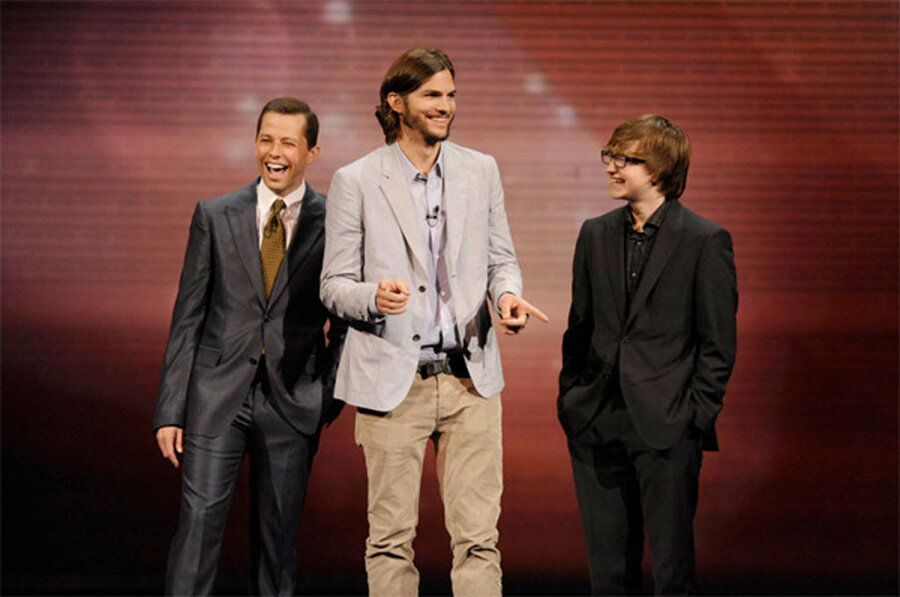'Two and a Half Men': Here's how the series finale of the sitcom ended
Loading...
We’ll tell you right now: Charlie Sheen did not appear on the series finale for “Two and a Half Men.”
But the possibility of the former star of the show appearing was teased for the entire episode, culminating in an unusual ending.
“Two” aired its series finale on Feb. 19 after 12 seasons on the air. The show originally starred Sheen as womanizer Charlie Harper, “Company” actor Jon Cryer as his brother Alan, and Angus T. Jones as Alan’s son Jake. Sheen left the show in 2011 and “Jobs” actor Ashton Kutcher joined the show the same year as Walden Schmidt, who buys Charlie and Alan’s house but later allows Alan to move in with him.
Jones left the show after the program’s tenth season and “House” actress Amber Tamblyn joined the show in the eleventh season as Charlie’s daughter.
In the show, Sheen’s departure was explained by the fact that his character Charlie had died in France. However, in the series finale, Charlie’s former fiancé, Rose (Melanie Lynskey), explained that Charlie was in fact alive. Alan and Walden ask a policeman (guest star Arnold Schwarzenegger) to try to track Charlie down. The police say they found Charlie, but viewers then see that the person the police have is actually actor Christian Slater. At the end of the episode, someone wearing Charlie’s usual outfit approaches Alan and Walden’s house, but a piano falls on the person. The camera then goes to “Two” creator Chuck Lorre, and a piano also falls on Lorre.
A vanity card at the end of the episode read, “I know a lot of you might be disappointed that you didn’t get to see Charlie Sheen in tonight’s finale. For the record, he was offered a role.”
Lorre spoke with Variety about the series finale.
“We thought it would be impossible to do a finale that tried to be oblivious to the meta elements around the show, all the tabloid elements that have swirled around the show over the years,” he said. “There was no getting around it, and we also wanted to honor these last four years with Ashton [Kutcher] in a satisfying way. So there was a lot going on. But our primary concern at all times was let’s put on a funny show and not leave anything on the table.”







